Indian Army Medical Officer: Salary, Eligibility And Educational Qualification
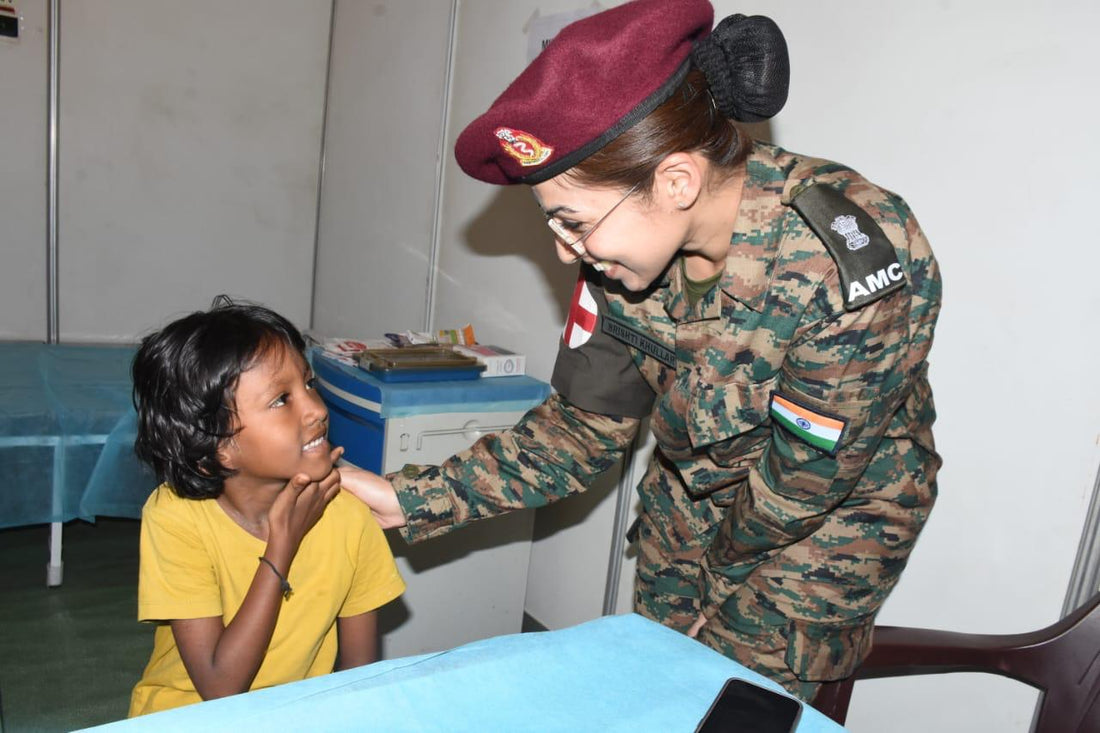
In India, the role of a medical officer in the Armed Forces is a distinguished profession that combines medical expertise with a commitment to service. The Indian Army Medical Officers are essential in maintaining the health and well-being of armed forces personnel and their families. These officers not only provide healthcare within military setups but also contribute significantly to the country's healthcare system in times of peace and conflict.
The allure of becoming a medical officer in the Indian Army has led many aspiring doctors to seek this path, driven by the rewarding experience, competitive salary, and sense of duty.
Also Read: How to Become a Doctor in Indian Army?
Historical Context
The need for medical officers in the Indian military can be traced back to the establishment of the British Indian Medical Corps in the late 19th century. With the country's independence in 1947, the Indian Army Medical Corps (AMC) was formed to provide medical services to the Indian Armed Forces. Over the decades, the functionalities and roles of Indian Army Medical Officers have expanded, reflecting the evolving healthcare needs of military personnel.
Today, they are not only responsible for treating battle injuries but also play pivotal roles in preventive healthcare initiatives, humanitarian missions, and disaster relief efforts.
SSB Interview Books Power Pack: 4 Must Read Books for Defence Aspirants
Rs. 1,760.00
Sale price
Rs. 1,399.00
Let's Crack SSB Interview Book [Paperback]
Rs. 390.00
Sale price
Rs. 360.00
Breaking The Code of SSB Psychological Tests Book - SSB Interview (TAT/WAT/SRT/SD)
Rs. 390.00
Sale price
Rs. 360.00
OIR Test & PPDT Book - SSB Interview Screening Test - Stage 1 Testing
Rs. 490.00
Sale price
Rs. 375.00
Salary Structure
The salary of an Indian Army Medical Officer is structured based on their rank within the Armed Forces Medical Services (AFMS) and is governed by the recommendations of the 7th Pay Commission. This structure ensures that medical officers are compensated fairly for their critical contributions to national security.
Basic Pay Scale
- Captain: Rs 52,700 - Rs 80,900
- Major: Rs 56,100 - Rs 94,300
- Lieutenant Colonel: Rs 73,830 - Rs 1,11,362
- Colonel: Rs 86,382 - Rs 1,39,198
- Brigadier: Rs 108,500 - Rs 154,915
- Major General: Rs 1,28,870 - Rs 179,890
- Lieutenant General: Rs 176,357 - Rs 189,600
- General: Rs 1,89,600
As seen from the pay scale, the salaries vary significantly based on the officer's rank and experience. A newly commissioned Captain, for instance, starts with a salary of around ₹97,000–₹1,00,000, which can increase with experience and time in service.
Allowances
Aside from the basic pay, Indian Army Medical Officers are entitled to various allowances that further enhance their overall compensation:
- Dearness Allowance (DA): Adjusted based on the cost of living.
- Travel Allowance (TA): Provided for travel, especially during postings or transfers.
- House Rent Allowance (HRA): Given to those who are not provided with government housing.
- Special Allowances: This includes high altitude allowance, risk allowance, and non-practice allowance, which can significantly add to their take-home pay.
For instance, a Captain's net monthly salary, including allowances, can range between Rs 75,000 to Rs 1,00,000, depending on various factors such as location and posting.
Also Read: How to Join Military Nursing Service in India?
Eligibility and Educational Qualifications
The pathway to becoming a medical officer in the Indian Army can be navigated through two primary routes: entering through the Armed Forces Medical College (AFMC) or the Army Medical Corps (AMC).
1. Through the Armed Forces Medical College (AFMC)
AFMC is one of the premier medical institutions in India offering a robust MBBS program tailored for military service. To gain admission:
- Entrance Examination: Candidates must clear the National Eligibility cum Entrance Test (NEET). This highly competitive exam serves as the gateway for medical aspirants in India.
- Interviews and Medical Examination: After clearing NEET, candidates undergo rigorous selection processes, including a Service Selection Board (SSB) interview, followed by a thorough medical examination to ensure they meet the physical and medical standards required for military service.
- Duration and Commission: Successful candidates complete a 5.5-year MBBS program and are granted a permanent commission in the Indian Army.
2. Through the Army Medical Corps (AMC)
For those who have already completed their medical education, the Army Medical Corps offers a pathway for recruitment:
- Educational Requirements: Candidates need to hold an MBBS or BDS degree from a recognized medical institution, ensuring that they meet the necessary professional standards.
- Short Service Commission: Hiring typically involves a short service commission for an initial commitment of ten years, extendable by four more years. Transitioning to a permanent commission is possible based on performance and requirements.
- Selection Process: Candidates go through an interview followed by a medical examination to assess eligibility for service.
Indian Military Academy IMA Coffee Mug
Rs. 699.00
Sale price
Rs. 499.00
NDA Service Before Self Coffee Mug
Rs. 699.00
Sale price
Rs. 499.00
Officers Training Academy OTA Chennai Coffee Mug
Rs. 699.00
Sale price
Rs. 499.00
Indian Naval Academy INA Ezhimala Coffee Mug
Rs. 699.00
Sale price
Rs. 499.00
Additional Benefits and Responsibilities
Becoming a medical officer in the Indian Army carries with it numerous benefits and responsibilities beyond just salary.
Training and Probation
New recruits complete a two-year probation period where they are provided with orientation and training in military and medical protocols. This training may include field exposure, handling emergency medical situations, and interdisciplinary cooperation with other military branches.
Leave and Holidays
Medical officers enjoy a beneficial leave structure, including:
- Annual Leave: 60 days per year.
- Casual Leave: 20 days per year.
There are provisions to carry over some unused leave and encash it at the end of their tenure.
Postings
Medical officers can be assigned to peace or field areas, often starting with postings in military hospitals in peace areas. They may later serve in more challenging environments based on the army's requirements.
Career Growth
The Indian Army provides medical officers with various avenues for growth, including:
- Study Leave: Opportunities for further education and specialization.
- Overseas Postings: Participation in international peacekeeping and humanitarian missions.
- Promotions: Advancement is merit-based, relying on service duration and performance.
Post-Retirement Benefits
Upon retirement, Indian Army Medical Officers receive numerous benefits, including:
- Retaining rank title for certain purposes.
- Continued access to military canteen facilities.
- Pension schemes and healthcare benefits, ensuring a secure post-retirement life.
Also Read: How Much is the Salary of Indian Army Chief?
Case Studies or Real-world Applications
Contribution During Emergencies
One notable example of the crucial role played by medical officers is during the COVID-19 pandemic. Indian Army Medical Officers were actively involved in establishing and managing COVID-19 care centers, conducting health awareness campaigns, and providing care in various high-risk environments. They worked under immense pressure, constantly adapting to evolving health guidelines and using telemedicine tools to provide remote care.
Humanitarian Missions
Medical officers have also been instrumental in Indian military humanitarian missions abroad. During disasters, such as the earthquakes in Nepal in 2015, Indian Army Medical Officers deployed to provide immediate medical assistance, demonstrating the Indian Army's commitment to not just national but global health security.
Statistical Data and Research Insights
The Indian Army comprises approximately 1.4 million active personnel, with medical officers playing an essential role in maintaining their health. The Armed Forces Medical Services currently run around 24 hospitals and 22 field medical units across India. According to the 2020 report by the Ministry of Defence, there has been a noticeable increase in the recruitment of medical officers, indicating a growing recognition of the importance of healthcare in defence. This reflects a strategic shift towards holistic health management in the military, emphasizing preventive care and mental health services alongside conventional medical treatment.
Also Read: How to Become a Military Doctor in India?
Comparative Analysis
Compared to civilian roles, the position of a medical officer in the Indian Army offers unique advantages, including:
- Job Security: Government jobs in India are generally secure compared to the private sector, where job stability can fluctuate.
- Comprehensive Benefits: Compared to private healthcare providers, military medical officers enjoy a more extensive benefits package, including insurance and pensions.
- Career Advancement: Opportunities for specialization and advanced training are more commonly available in the Indian Army due to its structured promotion systems and dedicated educational resources.
Despite these benefits, military doctors may face challenges such as long hours, stressful working conditions in field postings, and the rigors of military life that can affect work-life balance.
Challenges and Solutions
While being an Indian Army Medical Officer is fulfilling, it does come with its set of challenges:
- High-stress Environment: Medical officers often work in high-pressure conditions, especially during wartime or disaster relief operations.
Solution: Incorporating mental health support and regular debriefing sessions can help mitigate the stress experienced by these professionals.
- Resource Constraints: Medical facilities in remote postings may not always be adequately equipped.
Solution: Ensuring a streamlined supply chain for medical equipment and drugs, as well as conducting regular assessments for resource allocation, can enhance service delivery.
- Personal Sacrifice: Medical officers often face challenges maintaining a work-life balance, especially during long postings away from family.
Solution: Implementing policies that facilitate family integration during postings, such as allowing family visits or ensuring educational opportunities for children in military locations, can help.
Future Trends and Predictions
The role of medical officers in the Indian Army is poised for evolution, especially with advances in technology and telemedicine. As the healthcare landscape changes, it's expected that:
- Telemedicine will be integrated into military medical services more extensively, enabling officers to provide remote care and consult with specialists in real time, regardless of location.
- Increased focus on mental health care will lead to the establishment of specialized teams dedicated to addressing psychological well-being within military ranks.
- Collaboration with civilian healthcare systems may enhance the quality of medical services provided by military personnel, leading to improved healthcare outcomes for soldiers and their families.
Conclusion
Becoming a medical officer in the Indian Army represents a prestigious and rewarding career path, blending medical expertise with military service. With competitive salaries, extensive benefits, and opportunities for personal and professional growth, this role attracts many talented medical graduates each year. Despite the challenges,
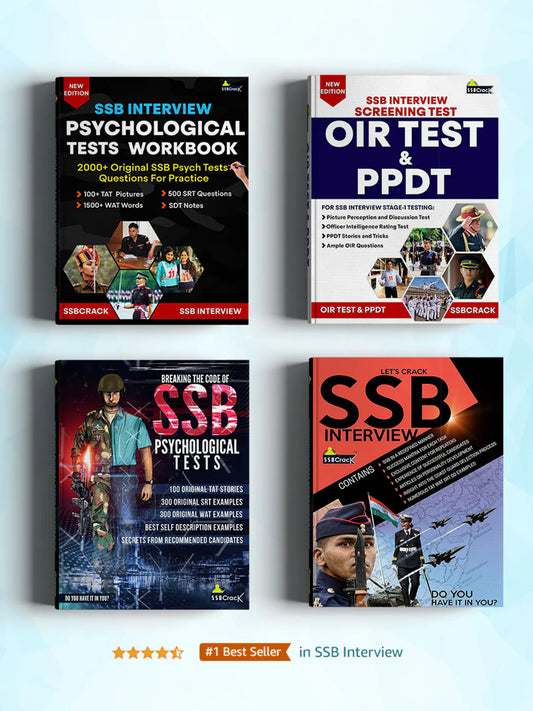
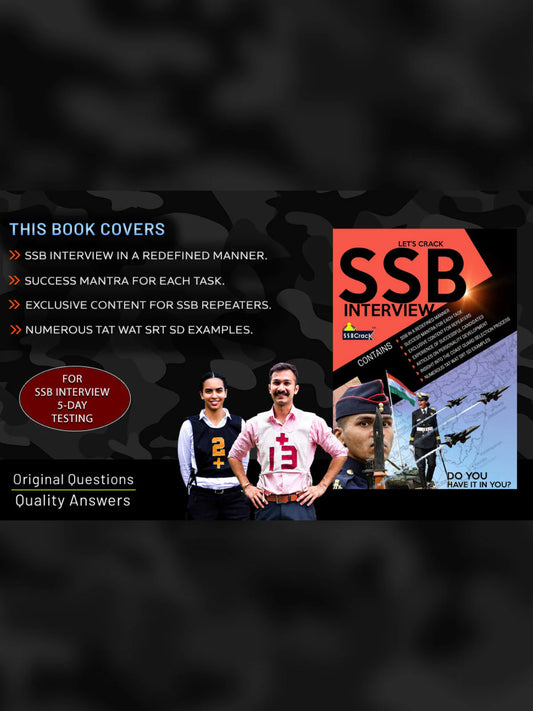
![Let's Crack SSB Interview Book [Paperback]](http://shop.ssbcrack.com/cdn/shop/files/ssb-books.webp?v=1736351621&width=533)



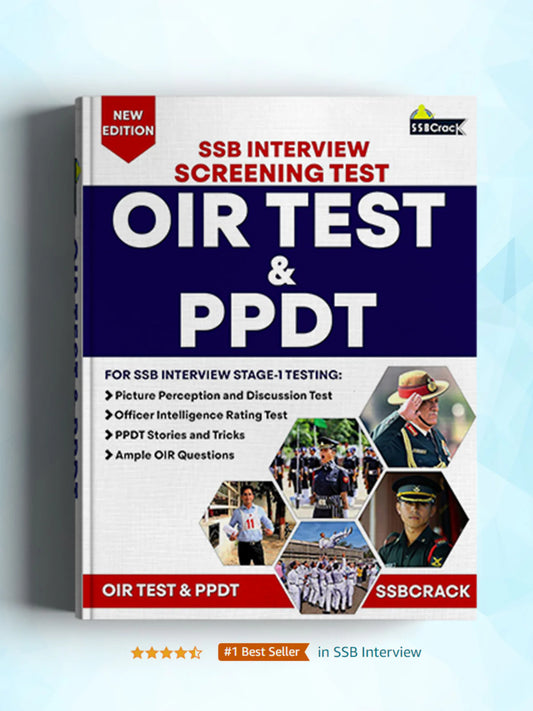

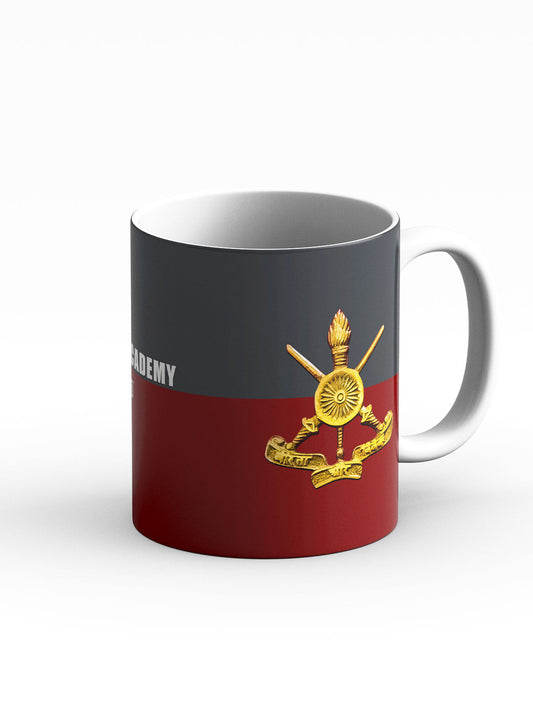
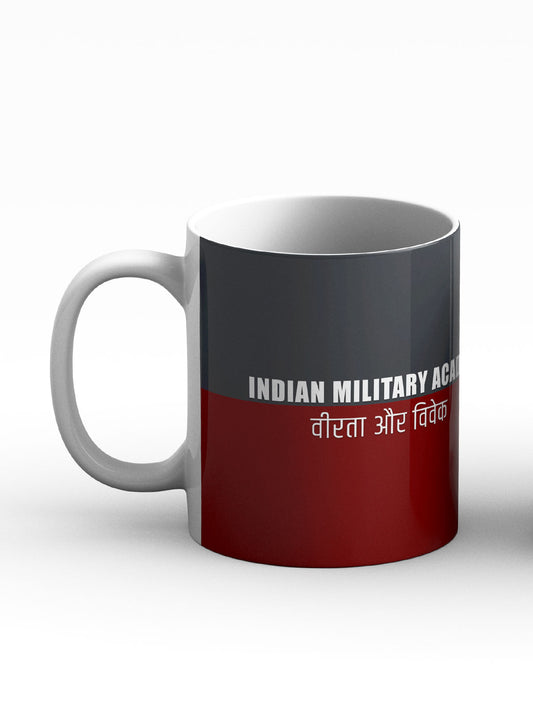
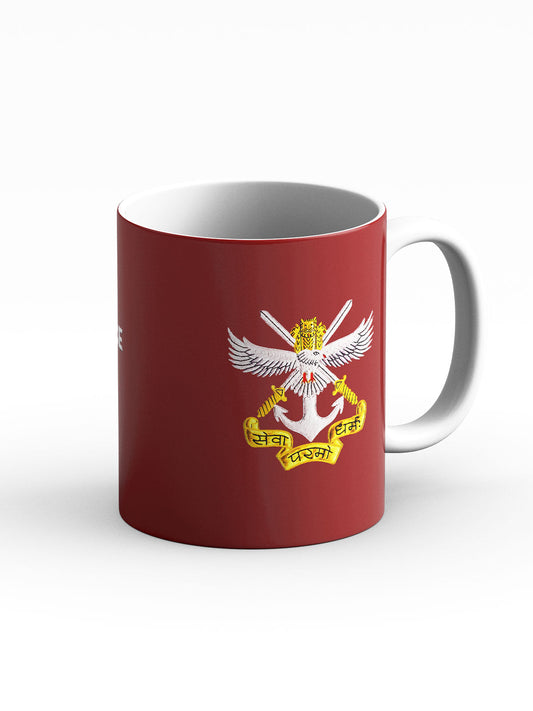
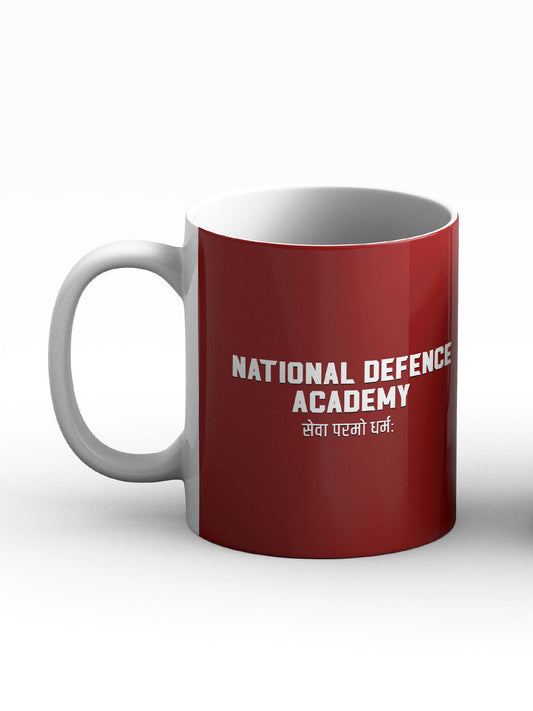
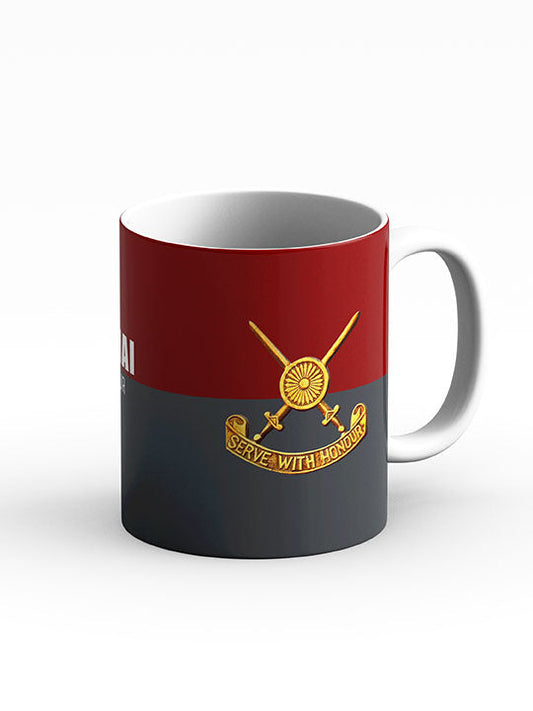
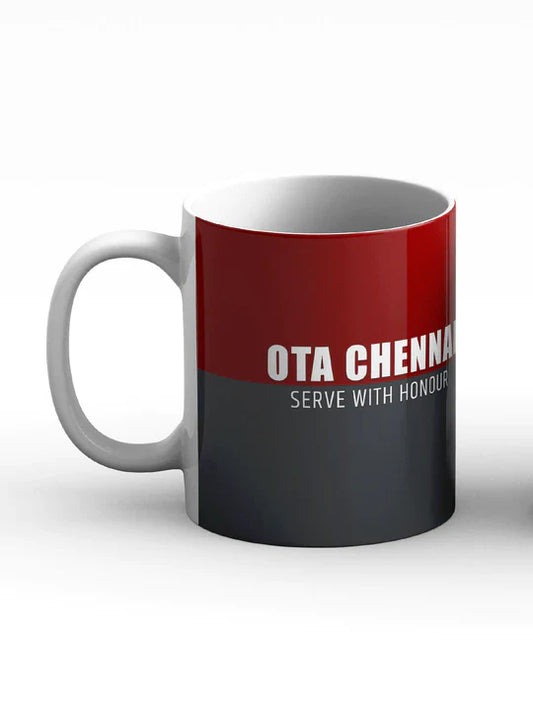
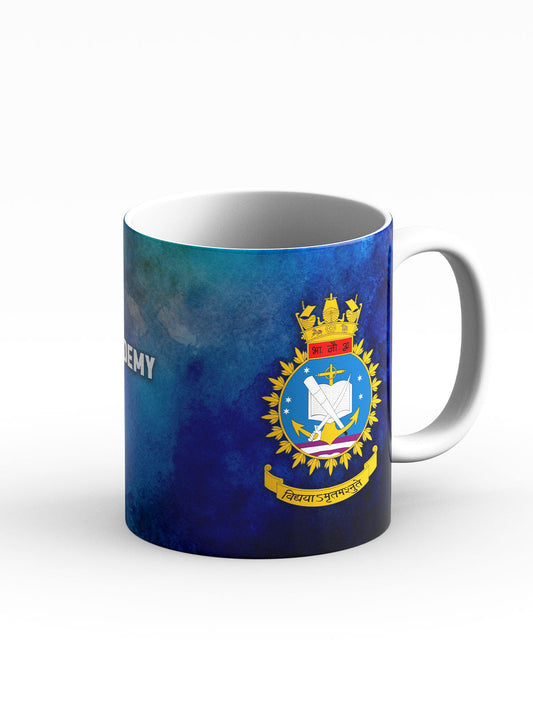
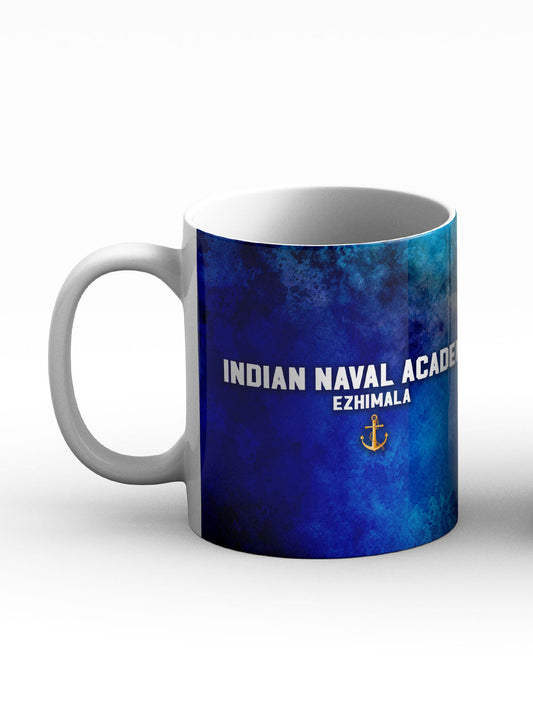



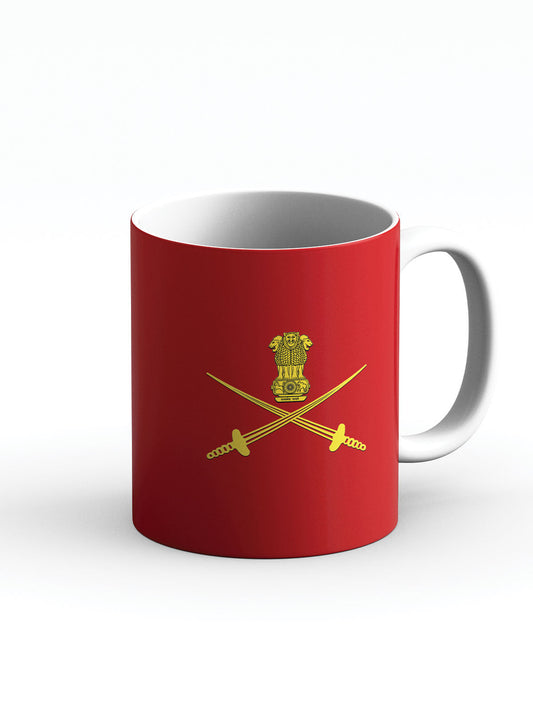


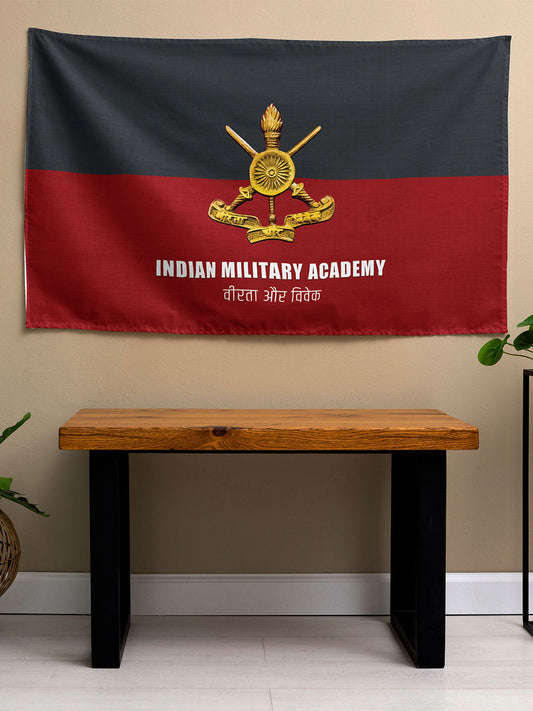

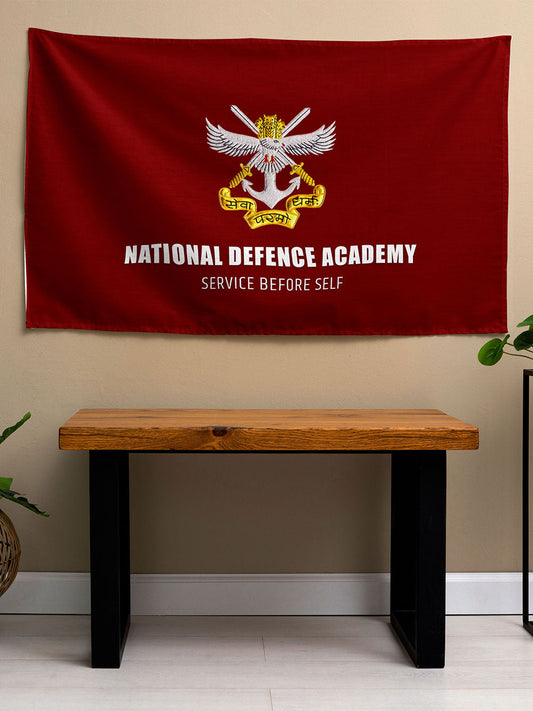
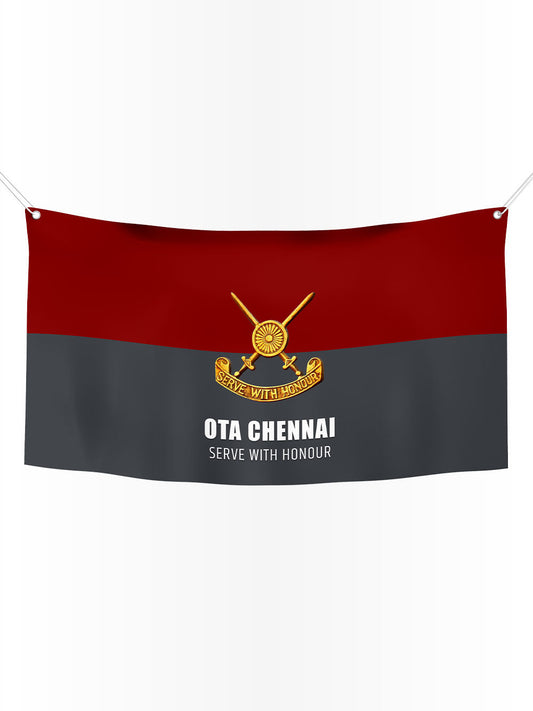
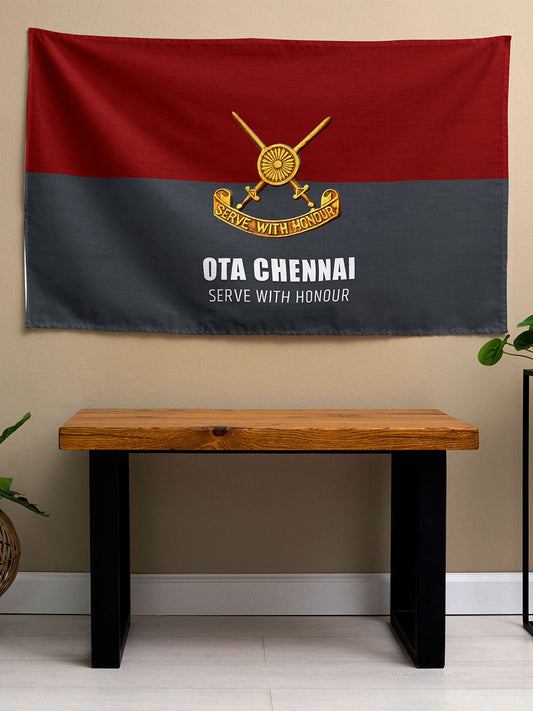
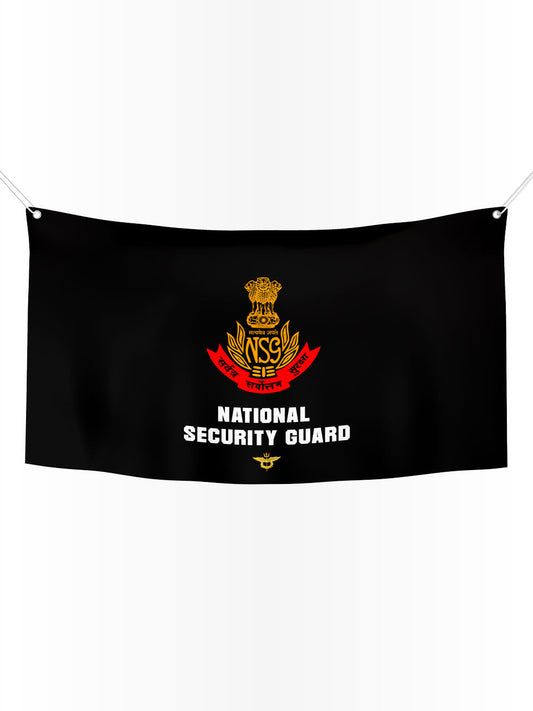


13 comments
I was diagnosed with Parkinson’s disease four years ago. For over two years, I relied on Levodopa and several other medications, but unfortunately, the symptoms kept getting worse. The tremors became more noticeable, and my balance and mobility started to decline quickly. Last year, out of desperation and hope, I decided to try a herbal treatment program from NaturePath Herbal Clinic. Honestly, I was skeptical at first, but within a few months of starting the treatment, I began to notice real changes. My movements became smoother, the tremors subsided, and I felt steadier on my feet. Incredibly, I also regained much of my energy and confidence. It’s been a life-changing experience I feel more like myself again, better than I’ve felt in years.If you or a loved one is struggling with Parkinson’s disease, I truly recommend looking into their natural approach. You can visit their website at w w w. naturepathherbalclinic .c om
I was diagnosed with Parkinson’s disease four years ago. For over two years, I relied on Levodopa and several other medications, but unfortunately, the symptoms kept getting worse. The tremors became more noticeable, and my balance and mobility started to decline quickly. Last year, out of desperation and hope, I decided to try a herbal treatment program from NaturePath Herbal Clinic. Honestly, I was skeptical at first, but within a few months of starting the treatment, I began to notice real changes. My movements became smoother, the tremors subsided, and I felt steadier on my feet. Incredibly, I also regained much of my energy and confidence. It’s been a life-changing experience I feel more like myself again, better than I’ve felt in years.If you or a loved one is struggling with Parkinson’s disease, I truly recommend looking into their natural approach. You can visit their website at www. naturepathherbalclinic .com
I lived with Hepatitis B and Type 2 Diabetes for years. The fatigue, meds, and constant worry wore me down. I tried so many treatments with no real results. Then I found EarthCure Herbal Clinic(EarthCureHerbalClinic .com) online. Honestly, I was skeptical, but their care and herbal approach felt different. I followed their treatment, and within months, my energy came back, my sugar levels stabilized, and my Hepatitis B became undetectable. Even my doctor was shocked. Today, I’m free of both. I’m so grateful. EarthCure didn’t just treat me, they truly helped me heal. If you’re struggling, don’t lose hope.
6387337048
318 Med Bn. I left AMC in1966 and joined in civil services. DG AFMC helped me in sanctioning nearly 60 thousands rupees . I wrote to Honble president downward. No help or response. I really appreciate DG
ON HIS two letters defence welfare department paid the amount for the treatment of chronic hepatitis B positive. AMC shown that we are all one family and helped when I was on prolonged medical treatment with Dr. Peter Manak Gastro.